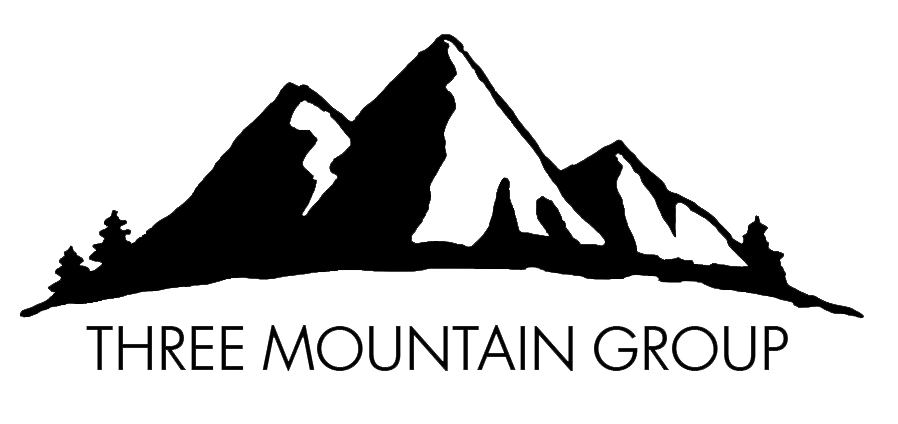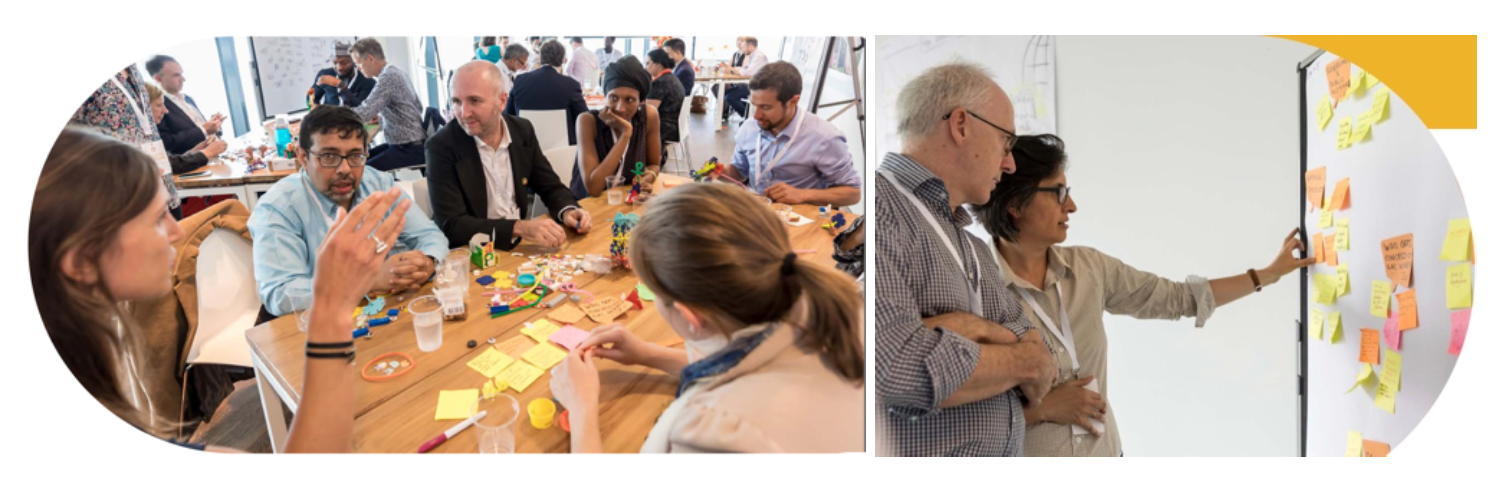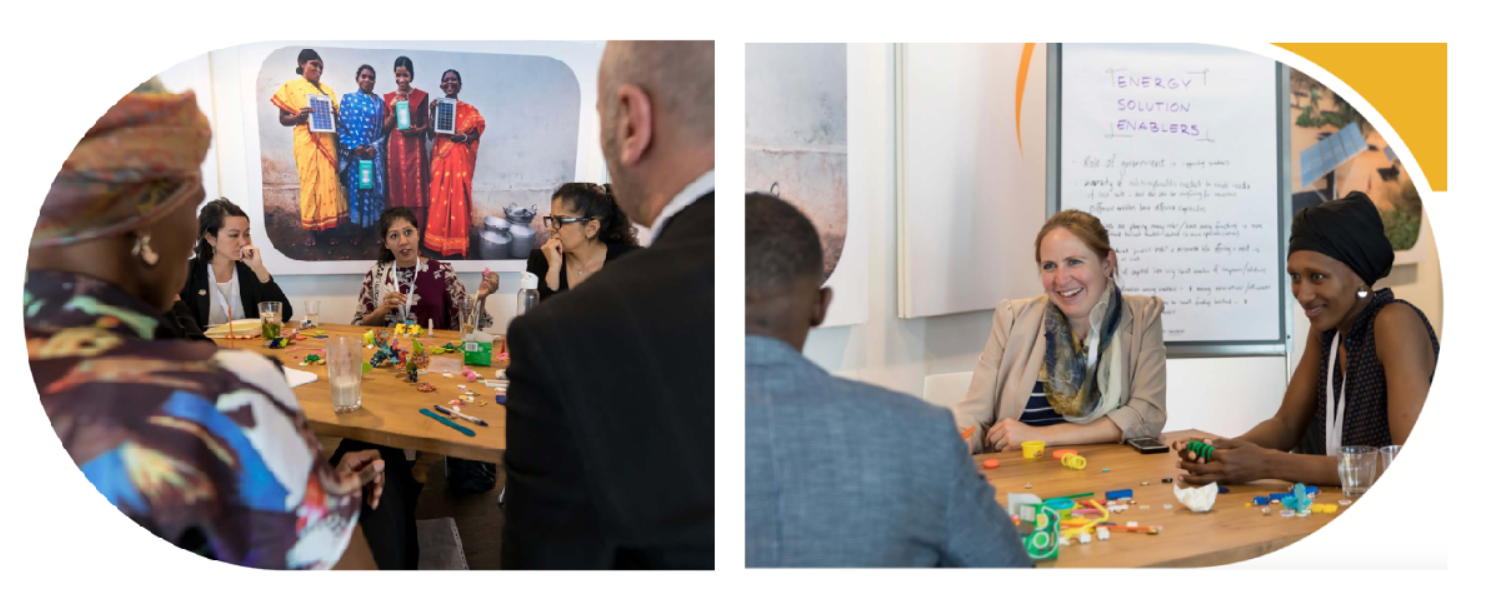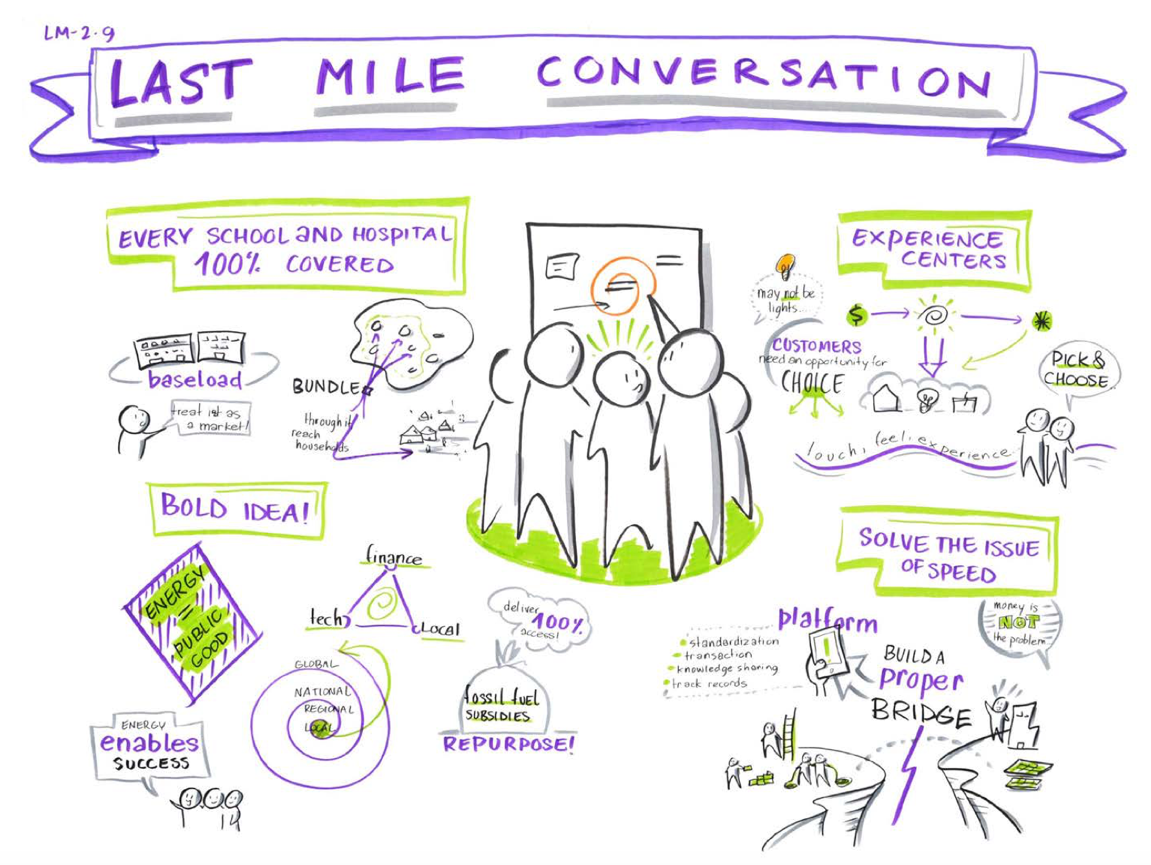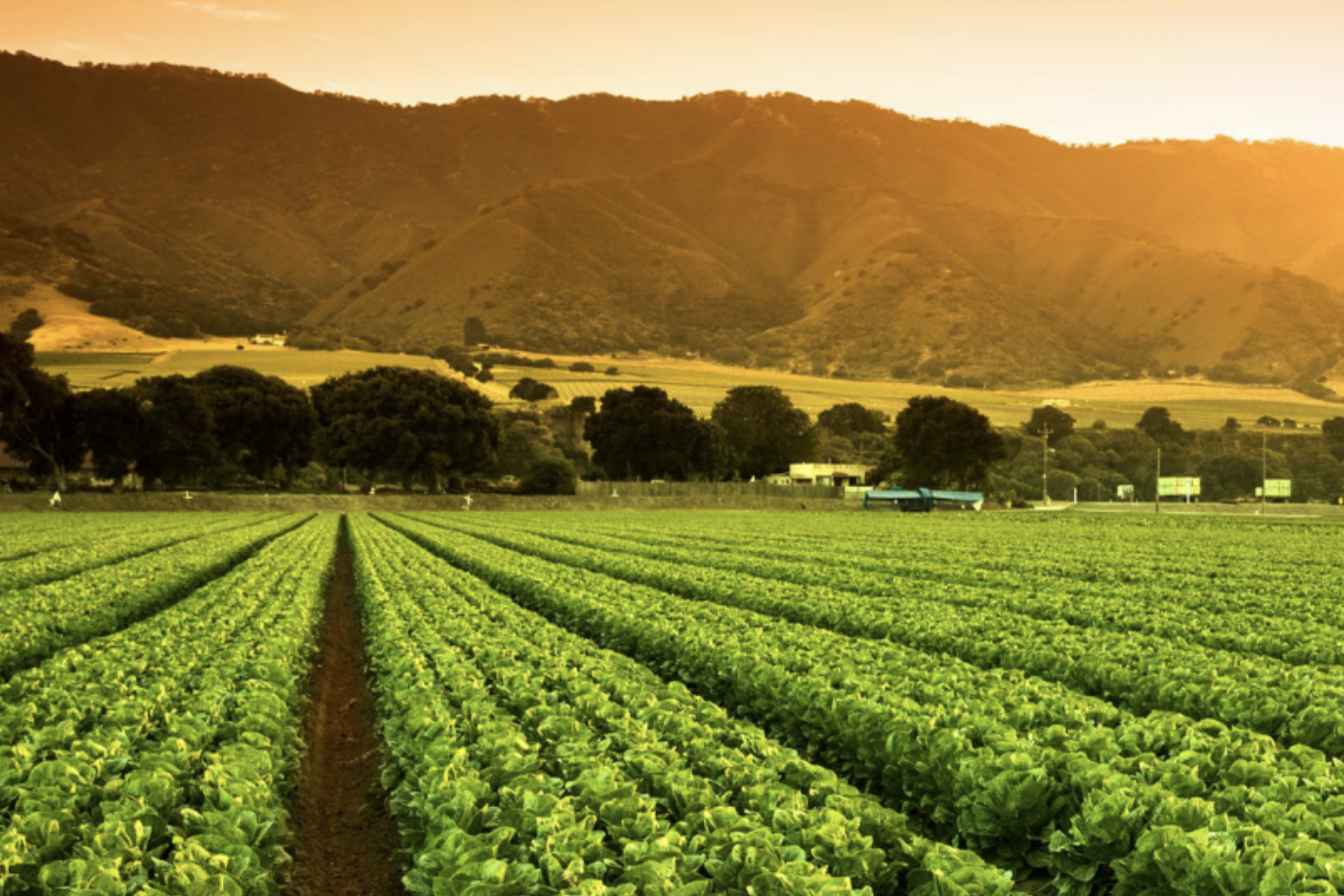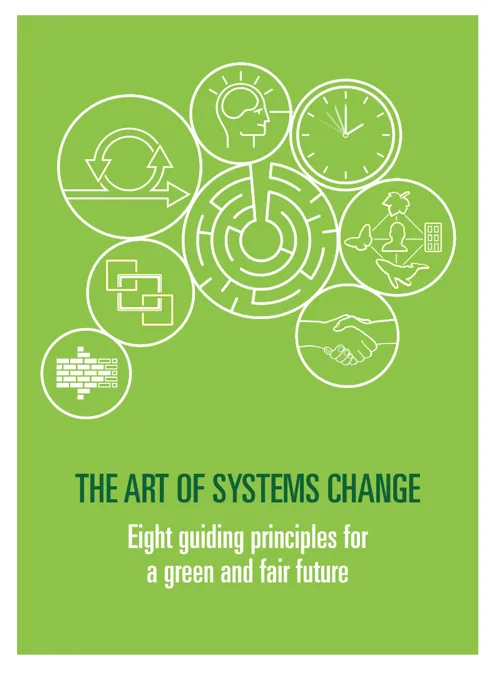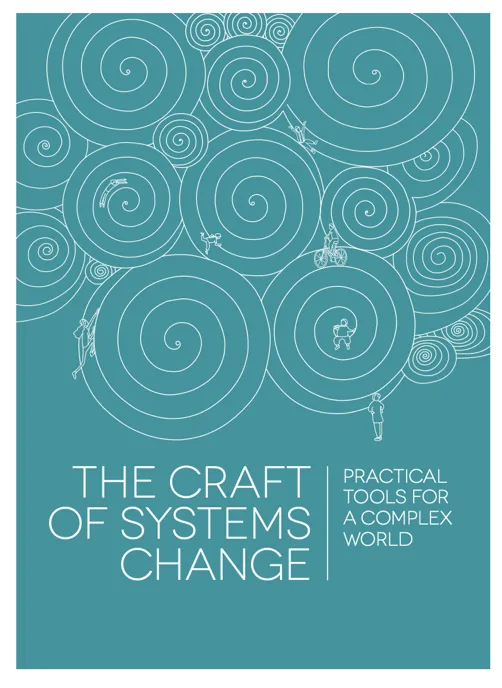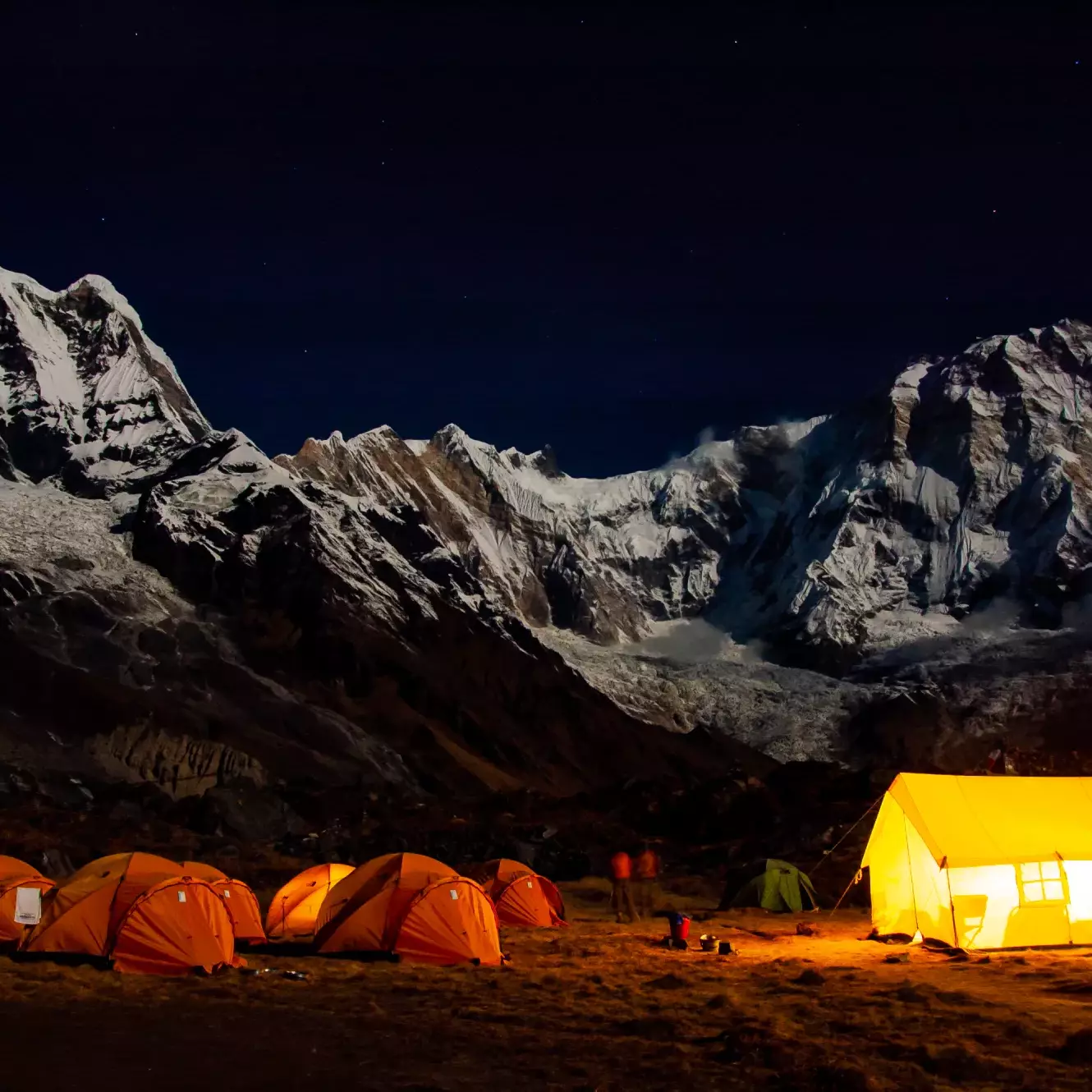The Opportunity: 840 million people around the world still do not have access to electricity and 2.9 billion people on the planet currently do not have access to clean cooking solutions. Existing approaches to energy access around the globe are not working well enough and the subsequent impact on natural resources through less than appropriate means for current energy usage is devastating and has immediate knock-on effects on climate change. Governments, businesses, communities and NGOs all recognize and express the importance of bringing energy access to underserved groups. However, the global community is not on track to achieve Sustainable Development Goal 7 (SDG7) to ensure access to affordable, reliable, sustainable and modern energy for all by 2030. Understanding what needs to change and building partnerships to shift approaches to ensure universal access to electricity and clean cooking are essential. Four of the key issues that need to be addressed include:
- What is required to create a sustainable, investable, private sector-led market for fuels for clean cooking? Exploring the issue of market viability and the widespread deployment of clean cooking solutions to reach the 2.9 billion people on the planet who currently do not have access.
- How do we improve the data and evidence on energy consumption for those who need it – who and where are they, what do they need, and what is working and how to improve decision-making and speed progress? Exploring the issues of how to identify, collect and utilize the right data for both the public and private sectors to drive the decision-making to scale up electrification.
- What is required to bridge the gap between supply and demand for appropriate finance for electricity access in those countries with the largest energy access deficits? Exploring instruments that could help bridge the gap between supply and demand for electricity access finance.
- What changes are necessary within the finance sector (including development finance) to increase risk appetite to fund market-based last-mile electricity access? Exploring how to electrify those last-mile communities that won’t be reached by business-as-usual approaches due to income, remoteness or social exclusion.
Our Partners: Convened 115 of the top leading climate change and sustainable energy specialists and leaders in government, the private sector, financial institutions, civil society and philanthropies from 39 countries. Some of those involved included: United Nations, SEforALL, IKEA Foundation, USAID, World Bank, International Institute for Environment and Development (IIED), World Resources Institute (WRI), Akumen, Easy Solar, Rural Electrification Agency – Government of Nigeria, PowerGen Renewable Energy, Rockefeller Foundation, Rocky Mountain Institute, Bank of America, Lions Head Global Partners, Africa Minigrid Developers Association (AFMD), and Calvert Impact Capital.
The Journey: Designed, convened and facilitated an international multi-day meeting of over 100 of the top leading climate change and sustainable energy specialists and leaders in government, the private sector, financial institutions, civil society and philanthropies to drive faster action towards the achievement of Sustainable Development Goal 7 (SDG7) – access to affordable, reliable, sustainable and modern energy for all by 2030.
Convened 4 charets that each focused on a key dimension of the issue, generating a small set of coordinated and strategic actions that will add both speed and scale to the ideas. This process incorporated the framework of design thinking in leading the groups through iterative phases of exploration including:
- Clarifying the need that the strategies are intended to address
Defining the problem(s) in fulfilling that need in a way that incorporates the best evidence available - Generating ideas through divergent processes and brainstorming leading to consensus about the ideas that will best fulfill the need and address the problems
- Identifying or developing models for prototyping or testing ideas prior to finalization and scaling
The Result: Several positive disruptive solutions emerged out of the process for the following areas: clean cooking solutions, enhanced data and better decision making, bridging the gap on electricity financing to better connect supply and demand and better access for those last-mile communities that are the most remote and do not have access. To expand on the last-mile solutions some of the areas of impact included:
- Shifting the risk appetites of financers to focus on funding for the last mile first, including the redirecting of fossil fuel subsidies for those most remote.
- Leave no school or clinic behind – because they provide such critical social services have a prioritized approach to serving those key community facilities with needed electricity.
- Support to min-grid platforms that close the electricity access gap.
